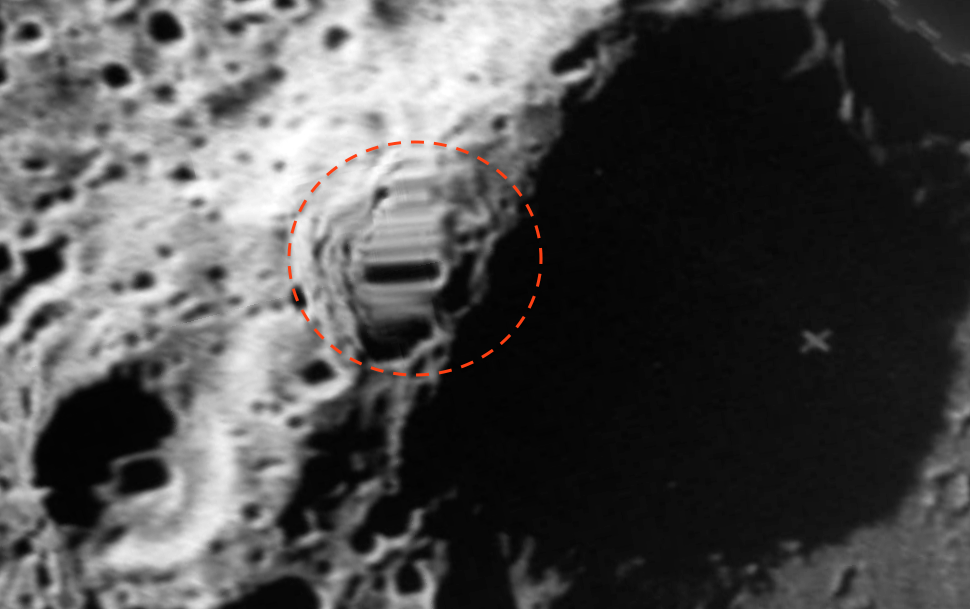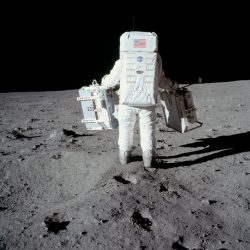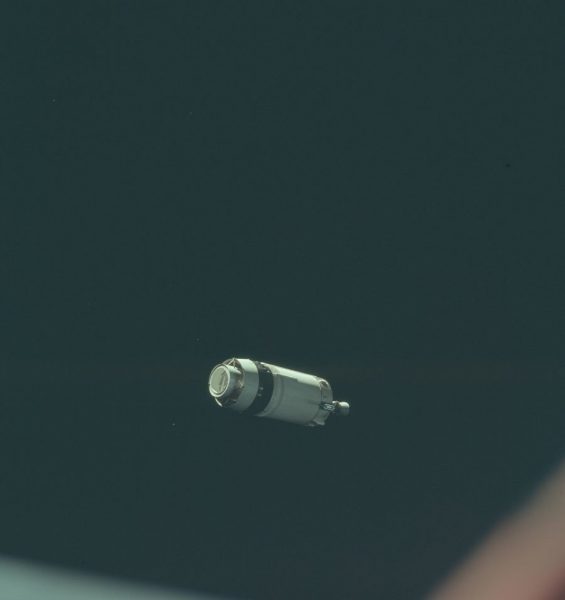

This is then eaten by herbivores, which in turn are eaten by carnivorous animals. Plants, algae and some marine bacteria in surface waters convert the Sun's energy into sugars which they store in their organic matter. But it was still believed that all living organisms were sustained by a food chain ultimately fueled by photosynthesis. This should make it nimbler too, allowing it to get into trenches and vents in the sea floor that have never been explored before.įor a long time, marine biologists thought that life in the hadal zone was impossible, but as deep sea submersibles began venturing into the region in the first half of the 20th Century, it became apparent life could survive there. About the size of a quad bike and weighing around 550 pounds (250kg), Orpheus is designed to be much lighter, smaller and cheaper than previous underwater vehicles. "After 12 hours, we saw it coming up in small pieces," says Shank, adding that the loss of Nereus made them rethink how they explore the deep sea. The underwater vehicle imploded some 10km (6.2 miles) down, most likely due to the immense pressure. In 2014, Orpheus' predecessor Nereus was sent down to the Kermadec Trench, which lies north-east of New Zealand. It is not the first time that Shank has tried to reach the dark depths of the hadal zone. "If it works, there is no place in the ocean where you can't go." "Orpheus is a gateway vehicle," says Tim Shank, a deep sea biologist who is leading WHOI's hadal exploration programme. This allows the robot to find its way and recognise places it has already been, but should also help it shed new light on the biodiversity of this harsh environment. Using similar visual navigation technology to Nasa's Perseverance Mars Rover, Orpheus uses highly sensitive cameras to identify rock formations, shells and other features on the ocean floor to build up three-dimensional maps dotted with landmarks (or perhaps seabedmarks).

Even the language the scientists use for their missions to this region shares terms with space exploration – in recent years marine biologists have sent multiple "landers" equipped with sensors and cameras to "crash-land" on the floor of the hadal zone, where they take measurements.īut engineers from Nasa's Jet Propulsion Laboratory in Southern California are building a new autonomous underwater vehicle called Orpheus, after the ancient Greek hero who travelled to the underworld and back, to map the more inaccessible depths. It is here that Nasa scientists, in partnership with the Woods Hole Oceanographic Institution (WHOI) in Massachusetts, are attempting to explore and probe the limits of life on Earth. Yet few vehicles can survive plunging into this dark abyss. Cumulatively they account for an area of seabed equivalent to the size of Australia. Consisting of deep trenches and troughs, it extends 11km (6.8 miles) below the surface of the world's oceans. Named after Hades, the Greek god of the underworld, it is a forbidding place worthy of its name. The deepest parts of Earth's oceans are known as the hadal zone. They could even provide clues about where scientists should be searching for alien life. The hope is that the underwater discoveries they make will help to unlock some of the mysteries in outer space while also test some of the equipment and experiments needed for missions elsewhere in the Solar System.Įarth's ocean depths are surprisingly similar to some of the conditions Nasa expects to find on other worlds in our Solar System. It is a mission filled with wonder, danger and a not-insignificant risk of implosion. The US space agency is exploring the deep ocean to search for clues of what oceans on other planets could look like, and push the limits of science and technology in one of the most extreme environments on our planet. In fact, it is often claimed that we know more about the surface of Mars and the Moon than about the ocean floor on our own planet.

Our oceans cover more than 70% of the Earth's surface, but over 80% of them remain unexplored.


 0 kommentar(er)
0 kommentar(er)
